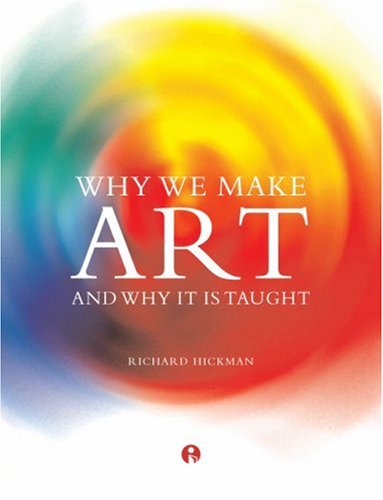

Most ebook files are in PDF format, so you can easily read them using various software such as Foxit Reader or directly on the Google Chrome browser.
Some ebook files are released by publishers in other formats such as .awz, .mobi, .epub, .fb2, etc. You may need to install specific software to read these formats on mobile/PC, such as Calibre.
Please read the tutorial at this link: https://ebookbell.com/faq
We offer FREE conversion to the popular formats you request; however, this may take some time. Therefore, right after payment, please email us, and we will try to provide the service as quickly as possible.
For some exceptional file formats or broken links (if any), please refrain from opening any disputes. Instead, email us first, and we will try to assist within a maximum of 6 hours.
EbookBell Team

0.0
0 reviewsThe 'we' in the title is intentionally polemical, with the author claiming a universal, i.e. pan-cultural basis for 'art'-making activities - or rather activities which can be described as 'creating aesthetic significance'. Developmental issues in art education are examined, together with the nature of learning in art, with reference to concept acquisition.
Section two of the four sections which comprise the book, focuses upon some 'mini case-studies', detailing conversations with people talking about their art-making, together with some autobiographical reflections. Section three then considers the issues in art and learning which can be gleaned from various respondents' accounts of their making activities; these include the nature of the artistic personality and the role of art in self-identity and self-esteem. Other topics touched upon include imagination, expression and creativity. The concluding section examines the notion of creating aesthetic significance as a fundamental human urge, drawing upon work done in evolutionary psychology.
Whilst questioning whether schools as they are currently conceived are the best places for teaching and learning anything, an art curriculum based upon the acquisition of 'threshold skills', such as drawing, together with a gradual introduction to the appreciation of visual form is advocated. Declaring that schools of the early twenty-first century will soon be seen as as dated as the Victorian workhouse, the successful art room, with a learner-centred rather than discipline-centred philosophy is put forward as a model for schools and schooling.